Being a urologist is an opportunity to help people and make a difference in their lives. As a urologist, people come to you with sensitive and often awkward conditions of the genitourinary tract and you assess the problems and provide the most appropriate remedies. The goal of urologists is always to make interventions that ensure patients are able to live fuller lives. And that makes us proud of our work and of our unique place in the medical profession.
Urology — a big world of stuff
Many people think of urology as merely being about urine. But urology is a massive world that covers a wide range of stuff. It’s an amazing and exciting specialty, where you perform surgery, manage problems medically, develop enduring relationships with patients and go home every day feeling satisfied with your work. I like urology because I’m often able to see the results of my work. For example, when patients come with urological cancers — of the prostate or kidney — I am often able to make effective interventions and achieve great outcomes. Actually, almost all my operations usually result in improved quality of life.
Why urology?
Urology was a natural fit for me. I wanted to be involved in diagnosis, medical management and surgical procedures. With most of my cases I have found that wonderful balance of medicine and surgery in urology. I also like listening and talking to people, leading them to open up and share their problems, guiding them to see the bigger picture and helping them to make informed decisions. In urology, I’m able to do this and much more with my patients. Most crucially, I joined urology to have a chance to make a difference in people’s lives. And indeed, I have found the specialty well-rounded, fascinating and exciting, as well as a powerful instrument for improving people’s lives.
Path to urology
I was born and grew up in Tampa, Florida, where my passion for the health and well-being of the people around me and for public health and sanitation made me a volunteer in many causes right from a young age. I soon realized that pursuing medicine would help me to make a better contribution in health care and improve people’s lives. So I joined the University of Miami for my medical education, graduating with AOA honors. Then I went to Shands Hospital, University of Florida for my urology residency. Currently I am happy and proud to be back in Florida where I’m practicing and living the dream of my life — making a difference in people’s lives.
Areas of expertise
As a urologist, I routinely deal with a wide variety of issues, such as urinary tract infections, overactive bladder, urinary incontinence, low testosterone and prostate enlargement. I also offer procedures for kidney transplants, interstitial cystitis, prostatitis, overactive bladder, congenital abnormalities, urinary stones, correcting stress incontinence, operating on adrenal glands and treating bladder, prostate and kidney cancer. I provide vasectomies, vasectomy reversals and treat erectile dysfunction and infertility issues in men.
What makes urology even more interesting is the continuous integration of advanced technology. Today we can access the urethra via the bladder and get into the kidneys without making any incisions. Even operations to remove kidneys or prostates, which previously required open surgery, are now routinely performed robotically or laparoscopically — using tiny, image-guided instruments.
At Advanced Urology Institute where we use the da Vinci surgical system for several operations, a urologist can now just sit at a console, have fingers in sensors and remotely control a multi-armed robotic surgeon, which ensures access to more areas in the body and provides seamless movement during operation in ways that are impossible laparoscopically. Application of such technology guarantees less scarring, less blood loss and quicker recovery for our patients. And for the urologist, it’s always exciting in the operating room working with such technology.
Job satisfaction
It takes long and hard training to become a urologist. The residencies take 5-6 years and typically involve long hours of complex work and limited sleep. Then there are several hours per week spent in the operating room, which may test anyone’s tenacity and patience. However, it helps that urologists are generally professionals with a positive attitude, good bedside manners and vast empathy. So these challenges can hardly diminish our enthusiasm and commitment to urology.
As a urologist, you are always conducting tests and procedures that may be quite uncomfortable for your patients, delivering news about diagnoses that your patients may not want to hear, and facing medical emergencies requiring you to think on your feet and solve issues to the best of your ability. But with skills to communicate well, eyes for detail and unquenchable desire to help people, you’ll always find yourself on top of things.
I really like urology because I’m a hands-on person who enjoys the hours it offers in the operating room. There are many potential conditions to treat, a wide range of procedures to perform and different tools to use —so no two days are the same. From a vasectomy to vasectomy reversal, circumcision to delivering antibiotics for urinary tract infections, laser surgery to robot-assisted procedures, there’s a lot to keep a urologist engaged and involved.
Urologists also are at the forefront of advanced technology, having pioneered laparoscopic approaches that have been adopted by other medical specialties and now leading the way in the use of cutting-edge robotics. The field is ever growing and changing, and we are constantly researching, learning and innovating to perform our duties better.
Most essentially, urology allows you to build lasting relationships and make a difference in people’s lives. I follow my patients over time, getting to know how they are doing and helping them make informed decisions. I enjoy what I do because I’m always involved in improving, prolonging and saving lives.
Why Advanced Urology Institute?
Advanced Urology Institute stands out for its commitment to excellent urological care. By bringing together a huge number of driven, hard-working, experienced and certified professionals, and having them adopt a collaborative, multidisciplinary patient-centered approach to care, AUI not only gives urologists an opportunity to grow, but also offers them a working environment that brings out the best of their knowledge, skills and experiences. I like the fact that all administrative duties have been centralized and we have all the time we need to work with our patients and give our best.
It’s also good that colleagues at AUI are quite laid back, funny and relaxed people. We are serious about our work but we also enjoy jokes with each other and maintain a positive, friendly practice. It’s a fantastic place full of people who love what they do and who handle diverse issues and patients with utmost diligence and thoroughness. And because we love our job, we work harder to get better at it and to achieve great outcomes for our patients. For more information on our urological services, visit the “Advanced Urology Institute” site.



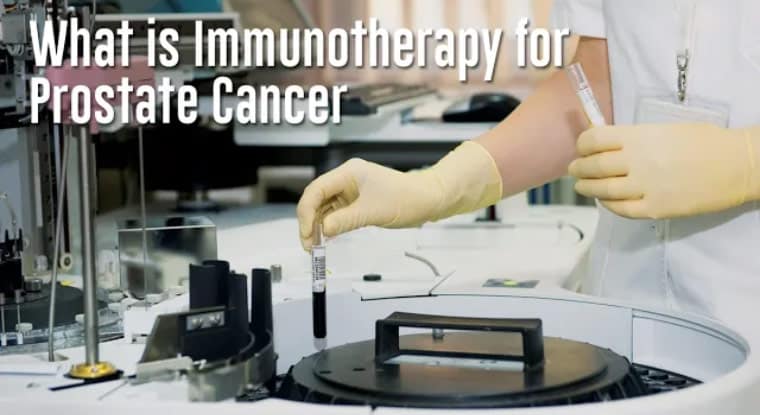
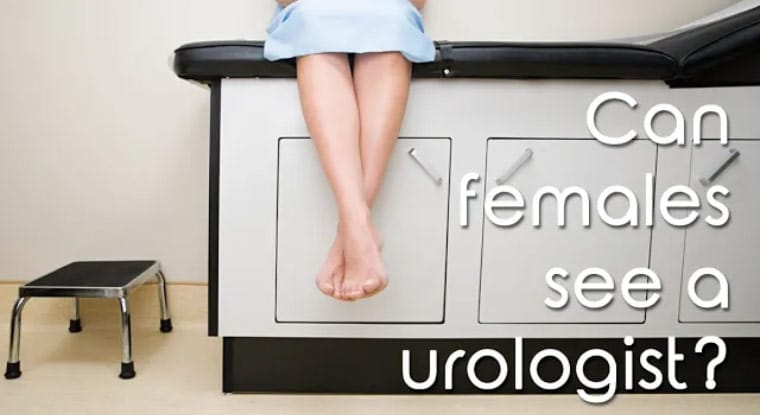
 Females may have bladder control problems at any age. Also called urinary incontinence (UI), loss of bladder control is a common problem in women and they are twice as likely to have the problem as men. There are different types of urinary incontinence. For example, women who can’t hold urine as they cough, sneeze or exercise are said to have stress incontinence. This type of UI occurs when the muscles supporting the bladder are weakened by pregnancy, childbirth, aging or other factors.
Females may have bladder control problems at any age. Also called urinary incontinence (UI), loss of bladder control is a common problem in women and they are twice as likely to have the problem as men. There are different types of urinary incontinence. For example, women who can’t hold urine as they cough, sneeze or exercise are said to have stress incontinence. This type of UI occurs when the muscles supporting the bladder are weakened by pregnancy, childbirth, aging or other factors.
 We regret to inform you that due to Hurricane Michael, we are no longer providing Radiation Treatment and forced to close our facility at Bay Regional Cancer Center.
We regret to inform you that due to Hurricane Michael, we are no longer providing Radiation Treatment and forced to close our facility at Bay Regional Cancer Center.
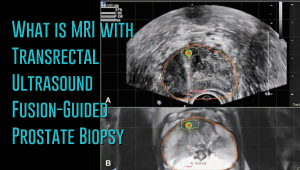 Prostate cancer has a new standard of care in MRI-guided fusion biopsy with transrectal ultrasound. While a prostate biopsy has been the only way to get a definitive diagnosis of prostate cancer, it has only been working if cancer cells are identified in the sample tissue. But in some cases, such as when the tumor occurs at the top surface of the prostate or other unusual locations, a biopsy may not give a correct diagnosis. For instance, the standard TRUS (transrectal ultrasound) guided biopsy in which tissue samples are collected from the prostate in a systematic pattern gives a negative result with tumors located in unusual areas of the prostate. About 15-20 percent of tumor locations can be missed by the biopsy needle.
Prostate cancer has a new standard of care in MRI-guided fusion biopsy with transrectal ultrasound. While a prostate biopsy has been the only way to get a definitive diagnosis of prostate cancer, it has only been working if cancer cells are identified in the sample tissue. But in some cases, such as when the tumor occurs at the top surface of the prostate or other unusual locations, a biopsy may not give a correct diagnosis. For instance, the standard TRUS (transrectal ultrasound) guided biopsy in which tissue samples are collected from the prostate in a systematic pattern gives a negative result with tumors located in unusual areas of the prostate. About 15-20 percent of tumor locations can be missed by the biopsy needle.
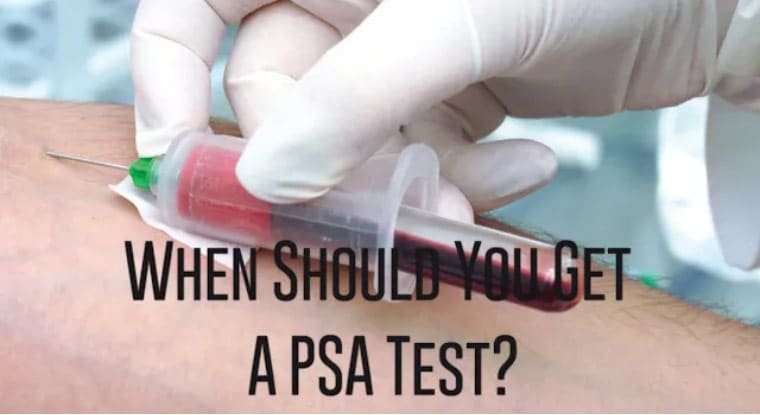
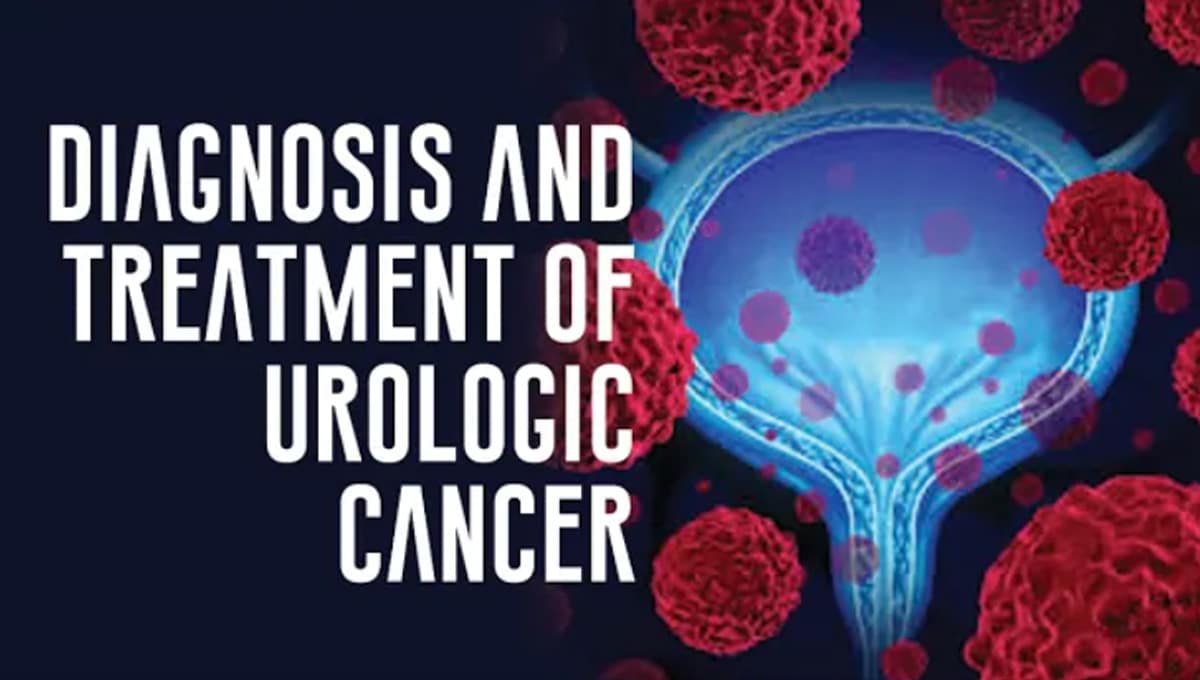
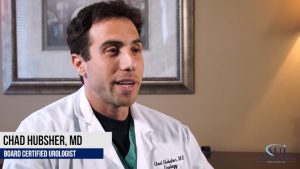 At Advanced Urology Institute, we understand that
At Advanced Urology Institute, we understand that